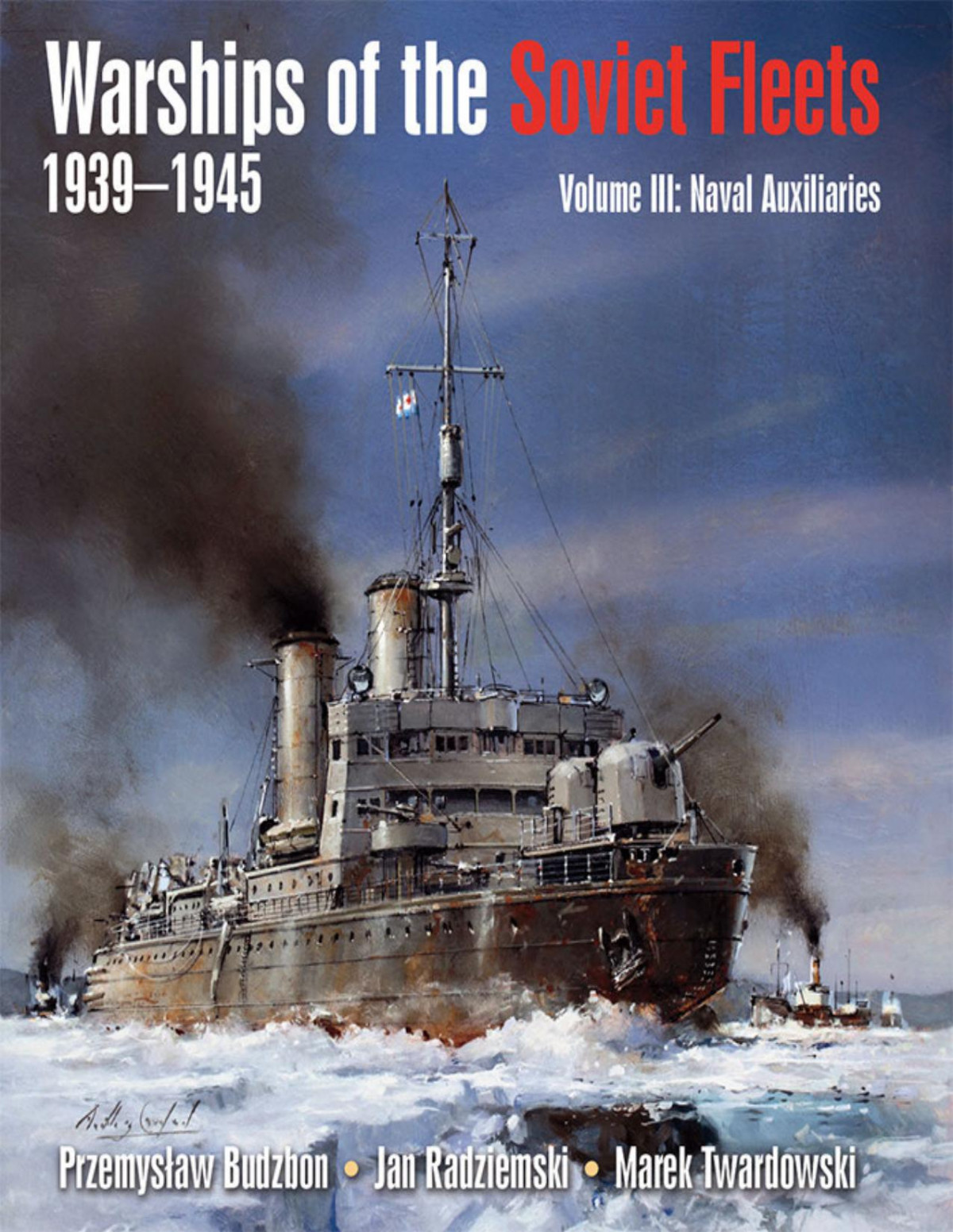

Most ebook files are in PDF format, so you can easily read them using various software such as Foxit Reader or directly on the Google Chrome browser.
Some ebook files are released by publishers in other formats such as .awz, .mobi, .epub, .fb2, etc. You may need to install specific software to read these formats on mobile/PC, such as Calibre.
Please read the tutorial at this link: https://ebookbell.com/faq
We offer FREE conversion to the popular formats you request; however, this may take some time. Therefore, right after payment, please email us, and we will try to provide the service as quickly as possible.
For some exceptional file formats or broken links (if any), please refrain from opening any disputes. Instead, email us first, and we will try to assist within a maximum of 6 hours.
EbookBell Team

4.0
76 reviewsSeventy-five years after the end of the Second World War the details of Soviet ships, their activities and fates remain an enigma to the West. In wartime such information was classified and after a brief period of glasnost ("openness") the Russian state has again restricted access to historical archives. Therefore, the value - and originality - of this work is difficult to exaggerate. It sees the first publication of reliable data on both the seagoing fleets and riverine flotillas of the Soviet Navy, listing over 6,200 vessels from battleships to river gunboats, and mercantile conversions as well as purpose-built warships.
This third and final part of the series includes all the ships in naval service that were not frontline fighting vessels. Despite auxiliary status, these were not insignificant ships -indeed the icebreakers were the largest vessels built by the USSR before the war and carried so much prestige that every leading member of the Soviet regime wanted their name on one. Apart from the obvious fleet support types - oilers, tugs, and depot ships -this volume also covers unsung heroes like the salvage fleet, highly significant in the 1930s for generating much-needed foreign currency and later essential to the war effort, allowing so many sunken Soviet warships to be returned to service. Another major feature of this volume is the first clear and comprehensive listing of ex-mercantile transport ships, their periods of service and ultimate fates. Even harbor service craft are included, right down to the humble "heaters" that supplied warmth to icebound warships in the depth of the Russian winters.